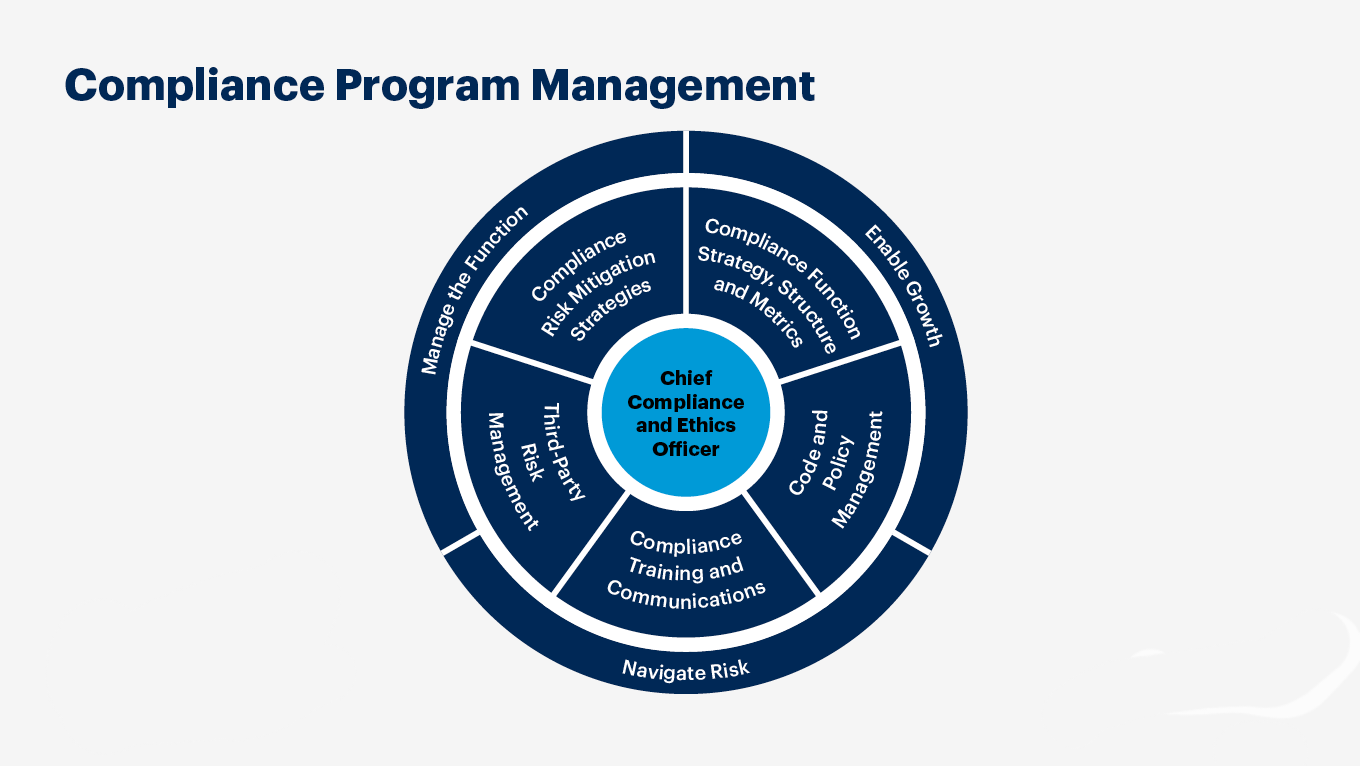
The Future of AI in Cybersecurity Software: Revolutionizing Digital Defense
The Future of AI in Cybersecurity Software
Revolutionizing Digital Defense
The cybersecurity landscape is in constant flux, characterized by increasingly sophisticated threats, a burgeoning attack surface, and a persistent shortage of skilled professionals. Traditional, reactive security measures are simply no longer enough to defend against adversaries who are themselves leveraging advanced technologies, including artificial intelligence. This is precisely why the future of cybersecurity software is inextricably linked to AI.
Artificial intelligence, encompassing Machine Learning (ML) and Deep Learning (DL), is not just an enhancement; it's a fundamental shift, empowering cybersecurity solutions to operate with unprecedented speed, accuracy, and foresight. Here’s how AI is reshaping the capabilities of cybersecurity software:
1. Threat Detection and Prevention
The ability to identify and stop threats before they cause damage is paramount. AI excels here by sifting through vast amounts of data and spotting subtle indicators that human analysts or rule-based systems might miss.
- Machine Learning (ML): ML algorithms are adept at analyzing colossal volumes of network traffic, system logs, endpoint data, and user activity. By learning from historical data, they can establish baselines of "normal" behavior and rapidly identify anomalies or patterns that signal malicious activity. This enables the detection of polymorphic malware and previously unseen attack techniques.
- Deep Learning (DL): Deep Learning models, particularly neural networks, take ML a step further. They can process highly complex and unstructured data (like raw network packets or file characteristics) to detect sophisticated threats such as advanced malware, zero-day exploits, and even AI-generated adversarial attacks. DL models learn from experience, continuously improving their detection capabilities as they encounter new data.
- Behavioral Analytics: AI can establish a comprehensive baseline of normal user and system behavior within an organization. Any significant deviation from this baseline – such as unusual login times, access to sensitive files by a non-standard user, or abnormal data transfer volumes – can indicate malicious activity, including insider threats or compromised accounts.

2. Automated Incident Response
Once a threat is detected, the speed of response is critical to minimizing damage. AI dramatically accelerates this phase.
- Automated Remediation: AI can automatically respond to detected threats by isolating infected systems, blocking malicious traffic at the firewall, revoking compromised credentials, or initiating security policy changes. This minimizes damage and downtime by taking immediate action, often before human intervention is even possible.
- Incident Summarization: AI can generate concise, context-rich incident reports in real-time. By analyzing all relevant data points, AI can summarize the attack, its potential impact, the timeline of events, and recommend immediate actions. This significantly helps security teams prioritize and respond more effectively, especially during high-stress situations.
3. Vulnerability Management
Proactive identification and remediation of weaknesses are key to preventing breaches. AI brings intelligence and efficiency to this often overwhelming task.
- Vulnerability Scanning: AI-powered tools can automate vulnerability scanning across complex IT environments, including cloud infrastructures, applications, and network devices. They go beyond simple signature matching to intelligently identify weaknesses, misconfigurations, and potential attack paths.
- Predictive Analysis: AI can analyze vast amounts of past incidents, exploit trends, threat intelligence feeds, and system vulnerabilities to predict which weaknesses are most likely to be targeted or exploited in the future. This enables cybersecurity companies and internal teams to proactively address potential weaknesses and prioritize patching efforts based on real-world risk, not just severity scores.
4. Other Transformative Applications
AI's influence extends across numerous other critical cybersecurity domains:
- Malware Analysis: AI can analyze malware behavior in sandbox environments, identifying its characteristics, communication patterns, and evasion techniques. This helps security teams understand and defend against new and evolving threats, including those generated by adversarial AI.
- Phishing Detection: AI can analyze email content, sender information, writing style, embedded links, and contextual clues to identify and block sophisticated phishing, spear-phishing, and even "vishing" (voice phishing) attempts. This is increasingly vital as generative AI makes phishing emails virtually indistinguishable from legitimate ones.
- Insider Threat Detection: By continuously monitoring user activity, data access patterns, and behavioral anomalies, AI can detect subtle deviations that may indicate malicious insider activity, data exfiltration, or credential misuse.
- Security Information and Event Management (SIEM) Enhancement: AI significantly enhances SIEM systems by automating log analysis, correlating events across disparate sources, identifying complex attack chains, and streamlining threat detection and incident response workflows. AI-powered SIEMs reduce false positives and alert fatigue, allowing analysts to focus on genuine threats.
- Cloud Security: AI helps secure dynamic cloud environments by monitoring configurations, identifying misconfigurations, detecting unauthorized access, and analyzing cloud traffic for anomalies.
- Supply Chain Risk Management: AI can assess the security posture of third-party vendors and suppliers by analyzing their cyber hygiene, public-facing vulnerabilities, and potential attack vectors, providing a more holistic view of supply chain risk.

The Essential Role of AI in Future-Proofing Cybersecurity
The integration of AI into cybersecurity software is no longer a luxury but a necessity. It provides the scale, speed, and analytical depth required to combat an ever-more complex threat landscape, particularly as cybercriminals themselves increasingly weaponize AI. By automating mundane tasks, providing predictive insights, and accelerating response, AI empowers human security teams to be more strategic, efficient, and ultimately, more effective guardians of digital assets.
As AI capabilities continue to evolve, we can expect even more sophisticated autonomous security systems that can learn, adapt, and defend with minimal human intervention, ensuring a more resilient and secure digital future.


